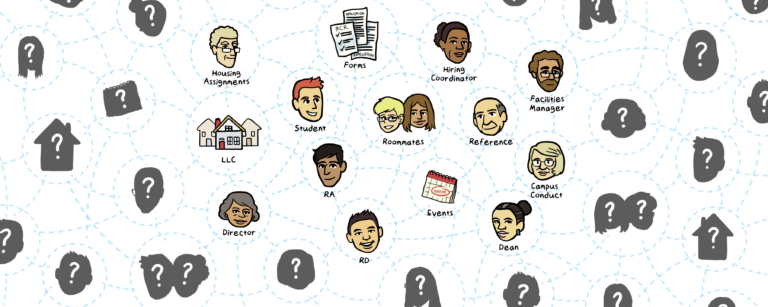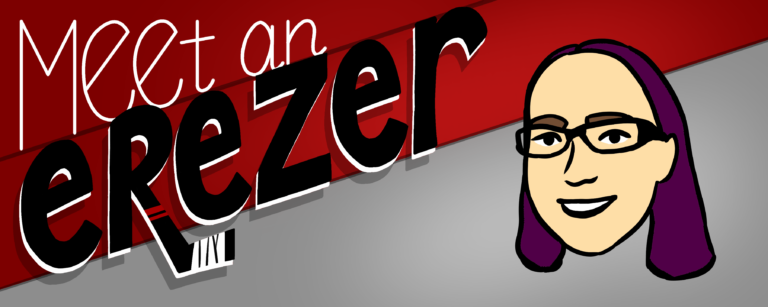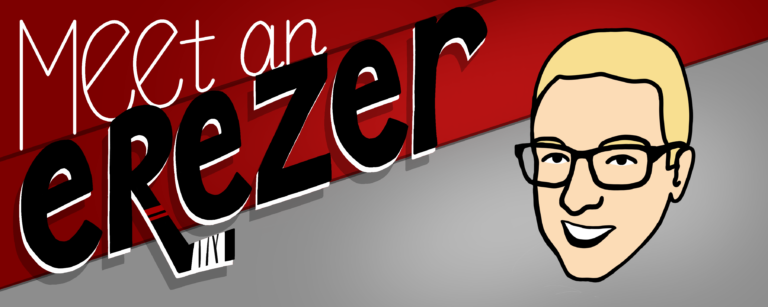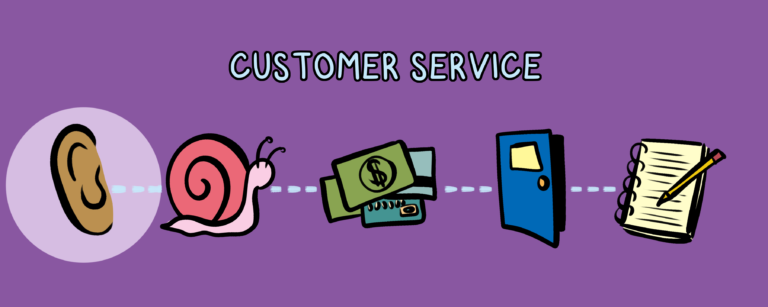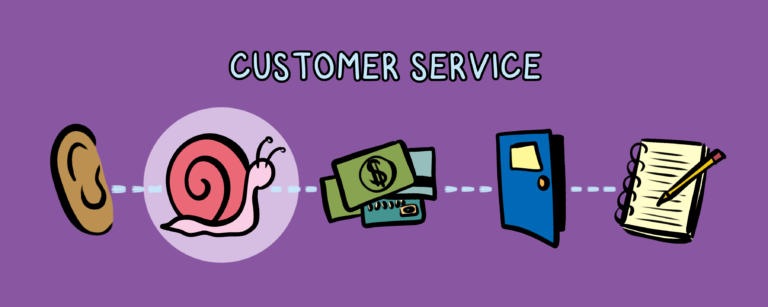Oh, hey! Welcome to the community!
The RA role is ubiquitous in college campus residence life. Whether you call them resident assistants, resident advisors, community assistants, student leaders, or another name, we hope that there is a general understanding of the great level of responsibility these students take on. Over the years, the different models of RAs have evolved to meet the demands of campus life.
The Traditional Model
Once residential life programs transitioned away from in loco parentis with professional staff authorities acting as parental figures, the traditional peer-to-peer model emerged (The Journal of College and University Student Housing, 2016). These RAs provided general assistance to their peers, facilitated programming on campus, served as a referral agent to different campus and community resources, and enforced university policies.
As these peer leadership roles became formalized, campuses learned of the many benefits of the RA role as a high impact practice (New Directors for Higher Education, 2012). Students, especially those facing challenges or other vulnerable situations, can more naturally build a connection with peers, allowing students to support, mentor, and lead others throughout their collegiate experience. In turn, peer leadership offers a mutually beneficial learning opportunity for both students involved and helps the institution in its pursuit to retain its student population.
Certainly, there have been major challenges with the level of expectation and responsibility in the traditional model of RAs. University Business (2015) describes the amount of pressure RAs were facing:
“… with an amplified national discourse on sexual assault, gun violence and mental illness – not to mention some high-profile campus tragedies in recent years – today’s resident assistants are on the front lines of a whole host of issues related to safety and overall wellness.”
While many residential life programs knew their RAs were effective, the shift in focus to assessment and accountability in student affairs prompted a change from the traditional RA model.
The Curricular Model
The University of Connecticut’s Director of Residence Education, Claudia Arias-Ciranna, identified that “there’s a national shift to become more curricular … A Residential Learning Model is not just about a program, it’s about a thought process, it’s about changing the way you think in regard to student learning” (2017). The curricular model of RA may have included many of the same responsibilities as the traditional RA, but the “why” behind their work was grounded in the academic mission of the institution. Aligned with academic affairs’ objectives for student learning, the curricular RA helped resident students learn outside of the classroom, facilitated intentional interactions, and participated in more restorative conduct processes.
Residential curricula rose in popularity because of a number of benefits, including validating student affairs work through proof of student learning and justifying the need for more support through added personnel, finances, or other resources. The main challenge was the formalization of what was once a natural peer-to-peer connection. In an effort to give a consistent student experience and accurately track the data, the curricular model for RAs may have come at the risk of inauthenticity affecting interpersonal relationships.
Moreover, when schools were impacted by the COVID-19 pandemic, RAs were not able to interact with resident students in the same way. As the pandemic evolved from an acute crisis to a new way of living, the RA role had to once again adapt.
The Community Development Model
After many iterations of isolation and social distancing, campus communities were craving connection. A University of Michigan RA, Lupe Grover, described the change to the RA position: “The RA description is building communities, bringing people together … Now it’s pull people apart, keep them safe” (2021). This has been a difficult ask for a group of student leaders who got involved in their RA roles to connect with and help other students.
Beginning in the Fall of 2021, New York University announced, “The RA role will be refined further to focus on the RA’s efforts on community development and fostering a sense of belonging in our residence halls.” This change included a greater emphasis on RAs’ presence in the community (i.e., working in the residence hall resource centers) and no longer required RAs to respond to “critical incidents.”
George Washington University is said to be setting the standard in reimagining the RA position. Instead of asking their RAs to do “it all,” their responsibilities have been broken into an increased number of student employee positions focused on “programmatic, logistical and community-building activities” (2021). This new model will allow the student employees to focus on more specific areas of interest while leaving the critical crisis response to the professional staff team.
These changes arguably enable student leaders to prioritize their student roles first, while allowing them to sharpen their leadership skills in a more focused, developmentally appropriate way. However, RAs may begin to question why they’re being asked to do work that was previously done in a paid position. Additionally, residential life leadership may begin to take away some of the fringe benefits (i.e., free housing) in these reimagined roles. The impact on student staff morale, financial security, and leadership skill development is still to be determined.
The Model RA. What’s Next?
As colleges and universities begin talking about a “post-COVID era,” what will become the new model RA? Higher education professionals have learned a lot over the past two years and should feel empowered to take those lessons learned to offer an even better student experience.
Kayla Mosko, Assistant Director of Residential Education at University of Rhode Island, remarked that the rigidity of the curricular model didn’t allow for RAs to express their creativity and personal judgment on how to best engage students, and URI’s Spring 2022 resident satisfaction survey revealed that students were craving a sense of belonging in their home on campus. Mosko realized, “We have to go back to the basics and teach our staff what it means to create community in the residence hall when you can actually be in person.”
In listening to feedback from students and staff, Mosko is proposing changes to URI’s programming model to focus on “engaging students, enhancing their on-campus experience, and empowering them to create their own journey at the University.” Ultimately, RAs will have options to choose from to facilitate social and academic programs that best fit their interests, personality, and comfort in the RA role. RA Training sessions will help student staff develop programming strategies for the semester that are individually tailored and followed up on throughout the year. Mosko hopes that these changes help RAs feel more confident and supported in their role by giving them autonomy in building their residential communities.
How can you make changes to the RA role on your campus? First, consider assessing the needs of your students and staff to make data-informed decisions for change. Then, define the job responsibilities that are critically important and most aligned with fulfilling those needs. You may find during this step that you’re revising outdated expectations and innovating new ways (or positions) to achieve your goals on campus. As long as you are clear on your objectives, you can design an RA model that better aligns with your student population. Finally, don’t forget to seek feedback from stakeholders so you can reevaluate and revise as needed. As the students attending your university continue to evolve, your student leadership roles also need to keep up with the changes.
No Matter Your Model, Manage Staff Through eRezLife
The eRezLife community is home to many different institutions that have their own approach to the RA role. Whatever your institution’s unique needs, eRezLife has you covered! We specialize in staff management including, but not limited to:
- Posting a variety of job opportunities
- Collecting application and reference materials
- Evaluating candidates
- Tracking student job history
- Documenting contracts and other post-hiring paperwork
- Sending staff communications like disciplinary letters
- Facilitating staff performance evaluations
- And so much more!
Interested in learning more about how eRezLife can help you manage your staff? Schedule a demo with us today!
Welcome to the community. We’re glad you’re here.

